„Blóta“ von Kjell Braaten

(english version below)
Kjell Braaten veröffentlicht am 1. April 2022 das Album „Blóta“. Es ist nach „Ferd“ und „Bronseplassen“ sein drittes Solo-Album. Ansonsten ist und war er als Musiker, Komponist und Produzent an vielen verschiedenen Projekten beteiligt (u.a. NEBALA, WARDRUNA, EHWAZ) und auch als Spezialist für nordische Instrumente an der Musik für die Netflix-Serie „Vikings Valhalla“.
„Blóta“
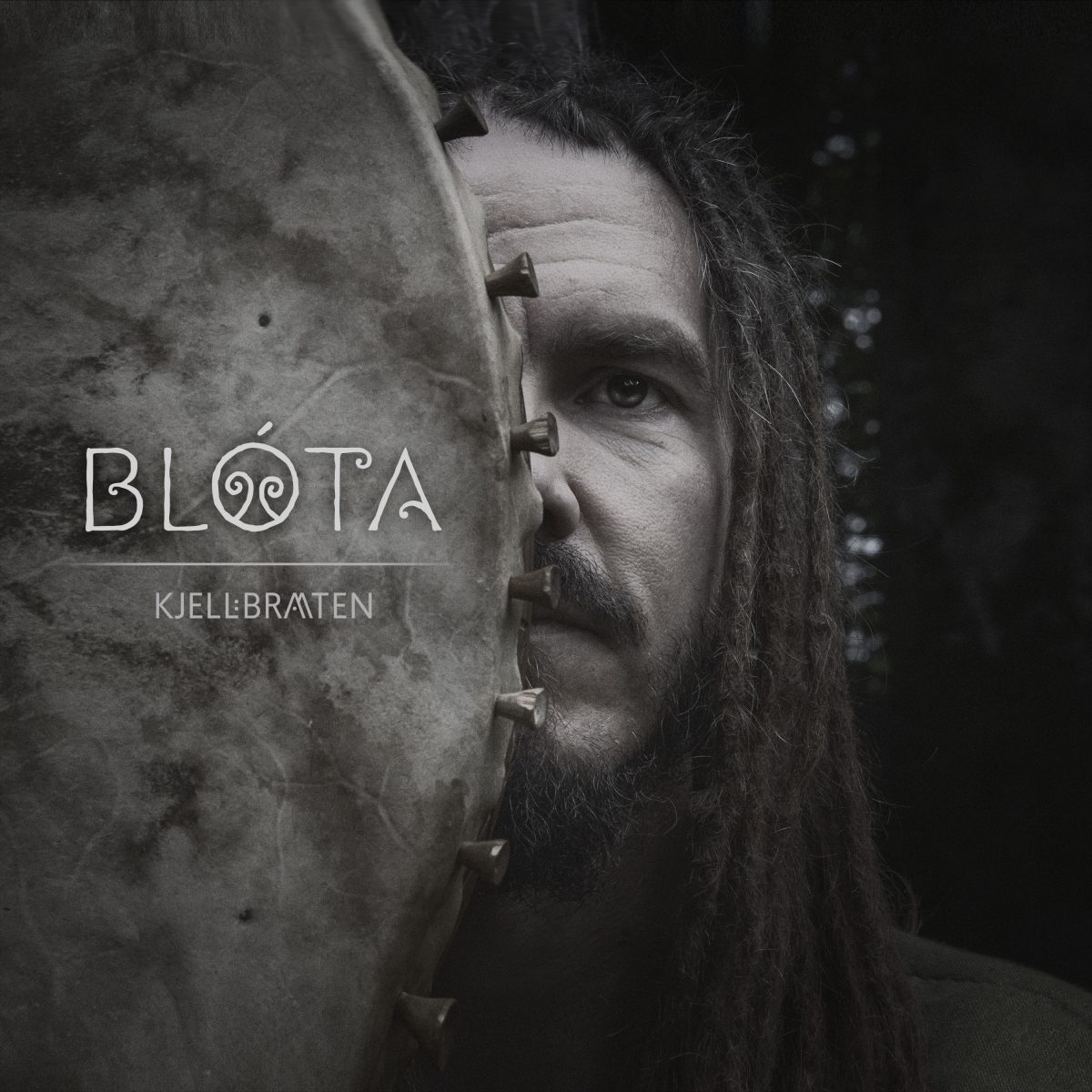
„Blóta“ bedeutet ‚Ritual‘. Die Verwendung von Ritualen spielt in allen Kulturen, Lebensbereichen und Zeiten eine Rolle. Gerade in der aktuellen Unsicherheit, mit Sorgen und Trauer, können Rituale dazu beitragen, sich diesen Gedanken und Gefühlen zu stellen. Die Musik ist eine Möglichkeit, ihnen eine Form und zu geben. So können sie erfasst und vielleicht auch verändert werden.
Für Kjell Braaten ist „Blóta“ in persönliches Album. In dem Interview, das ich mit ihm geführt habe, sagte er dazu:
„Blóta“ ist mein Ritual, um über einige sehr verletzende Erfahrungen zu kommen, die mich lange Zeit gequält haben. Dieses Album ist meine Reise durch diese dunklen Zeiten. Ich wollte sie dadurch zu einer Stärke machen und ihnen ihre zerstörerischen Kräfte nehmen. Der Grund, warum ich ein Album daraus gemacht habe, ist meine Hoffnung, dass es anderen Menschen helfen kann, durch ihre eigene Dunkelheit zu gehen. Ihren eigenen tiefen Kummer oder was auch immer.
Kjell Braaten im Interview
Ob wir „Blóta“ für uns selbst als Ritual nutzen, uns einfach auf die Musik einlassen und sie genießen, bleibt uns selbst überlassen.
„Now I give it to you, hoping it can help you the same way it helped me”
Das, was er mit dem Album an uns weitergibt, ist Musik mit sich verändernden Klangfarben, intensiver Spannung, rhythmischer Intensität und emotionaler Tiefe. Man hört, dass dieses Album sich über einen längeren Zeitraum entwickelt hat. Jeder Klang, jedes rhythmische Element und jede weitere Nuance sind da, wo sie ihre Wirkung am besten entfalten können.
Der Klang der Lieder ist voll, weit und tief. Damit hat er das Spektrum der Emotionen aufgegriffen, die im Leben eine Rolle spielen. Sie haben durch die Klänge, die Melodien und die Texte eine Form angenommen und können so einen Platz finden.
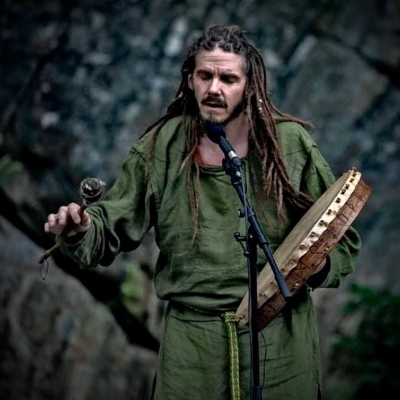
„I bid from my soul, open and whole, for the healing of humans to come
„Kalla” (Der Ruf). Töne, die in der Natur aufgenommen wurden, und ein tiefer Atemzug leiten diesen Ruf ein. Energisch in dem Bewusstsein, das Ritual zu beginnen, ruft die Stimme die Himmelsrichtungen an. Sie sollen Beistand sein bei, dem was folgt.
Trommelschläge und mehrstimmiger Gesang geben dem Lied zunehmend Kraft und die daraus erhebende Melodie gibt ihm Leichtigkeit.
Dann folgt einer dieser rhythmischen Passagen, die eine enorme Spannung aufbaut. Davon wird es noch einige in den folgenden Liedern geben.
„Syrgja“ ist ein schmerzvolles Lied, in dem Sorgen und Trauer Raum finden. Es ist eine Einladung, sich den eigenen Sorgen und Schmerzen zu stellen. Wenn es gelingt, der Empfindung ein Bild, ein Symbol zu geben, kann sie betrachtet und durch die Betrachtung verändert werden.
Die Stimme gibt vielen Facetten von Schmerz und Trauer einen Klang. Diese Klänge verbinden sich mit dem warmen und dynamischen Grundton, den das Organistrum spielt, sowie mit Tönen der Natur. Deshalb ist dieses Lied auch beruhigend und tröstend.
By facing our demons,
Kjell Braaten zu „Syrgja“
and deepest sorrows,
we can reshape them to a resource
rather than a burden
Magischer Gesang und Wandel
„Galdr“ ist nicht nur dem Namen nach ein magischer Gesang. Das Fließen von Wasser, Trommelschläge und wieder ein tiefer Atemzug leiten das Lied ein. Das, was in „Syrgja“ seinen Weg nach außen gefunden hat, wird hier durch die Anrufung der Naturkräfte in einen größeren Zusammenhang gebracht.
Der Gesang klingt befreit, wunderschön in seinen Harmonien. Auch „Galdr“ kommt ohne Text aus, denn die Melodie und die Rhythmen formen und tragen den Zauber.
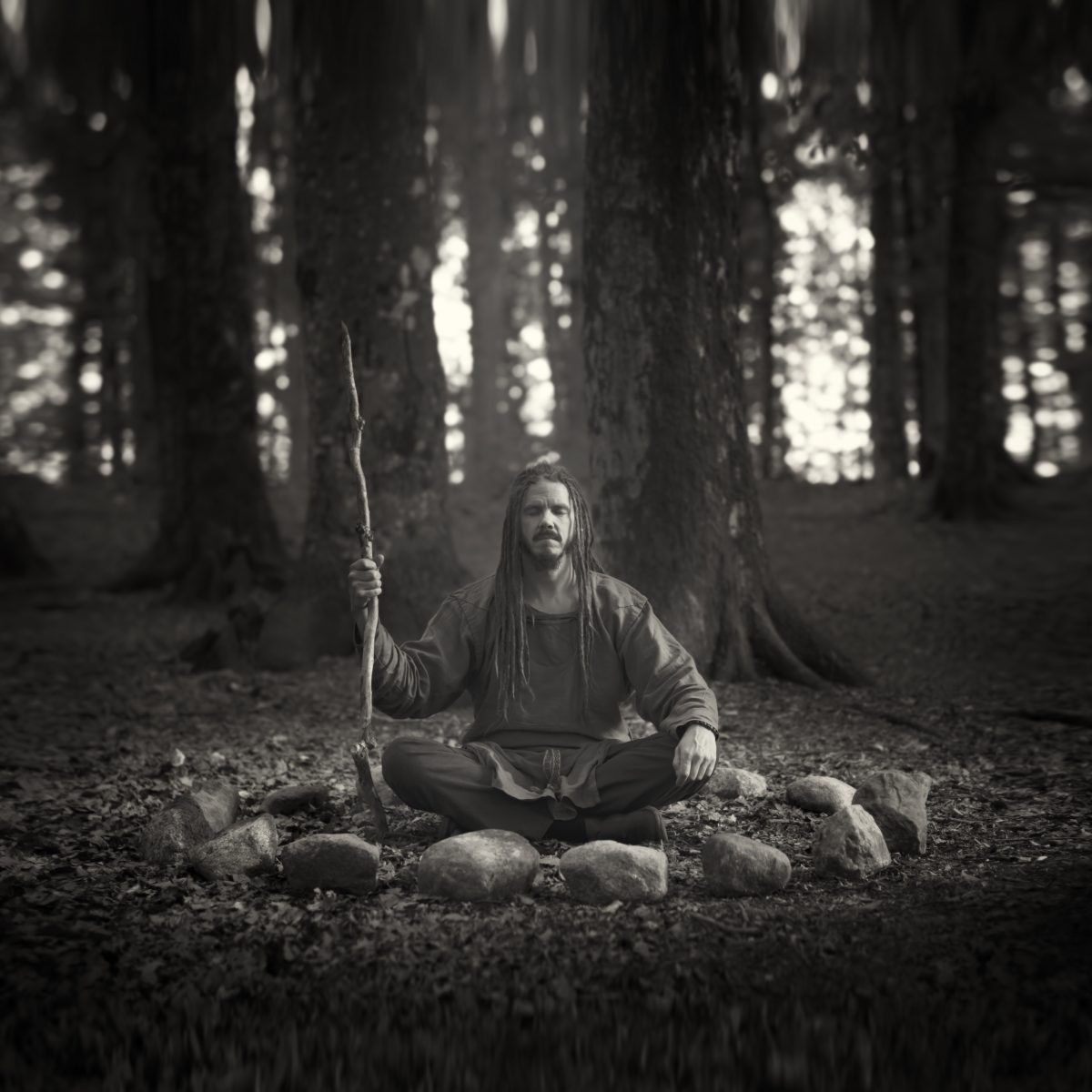
„Hamr“ bedeutet ‚Gestalt‘ und auch Wandel der Form. In „Hamr“ setzt sich fort, was „Syrgja“ und „Galdr“ initiiert haben. Dieses Lied macht die Verbundenheit mit den Kräften, die uns umgeben, besonders deutlich. In der Verbundenheit kann man wachsen, sich entwickeln und Teil eines größeren Ganzen werden.
Hier kommt mit der Lure ein weiteres Instrument hinzu. Kraftvoll und leuchtend sind die Töne, rau und direkt der Kehlgesang. Der Kontrast zwischen Beidem macht viel von der Spannung dieses Liedes aus.
„Hamr“ übermittelt einerseits raue und elementare Energie, geht andererseits ruhig und fast schon zart mit den Klängen um. Damit berührt „Hamr“ tiefe und ursprüngliche Emotionen.
The sun sees all….why not visit her for a broader overview, to gain perspective?
Im dann folgenden Lied besingt Kjell Braaten „Sól“ (die Sonne). Und so ist es ein Lied voller Licht, Wärme und Leichtigkeit. Die Töne der Klangschalen und Glocken wirken wie Sonnenstrahlen auf der Haut. Und der Gesang, bei dem Kjell seinen gesamten Stimmumfang nutzt, berührt tief.
„Rísa“ handelt davon, sich nach einer Zeit der Auseinandersetzung mit seinem Kummer wieder auf den Weg zu machen – als eine bessere Version von sich selbst.
„Rísa“ ist ein großartiges Stück des Spannungsaufbaus: mit der Trommel als zentralem Element, lassen einen der Rhythmus, die zunehmende Dichte und Intensität fast atemlos werden. Umso tiefer die Entspannung am Ende. Es ist faszinierend, welche Sogwirkung Kjell Braaten hier allein mit der Rahmentrommel, Klangholz und einzelnen Glockentönen erzeugt.
Mit „Frithr“ (Frieden) findet das Ritual fast seinen Abschluss. Viele Dinge sind geklärt. Wenn der eigene Frieden gefunden wird, kann die Seele diesen wie Samen aussäen und in den Herzen anderer Menschen wachsen lassen.
„Frithr“ beginnt mit beschwörendem Kehlgesang, der die Basis des Liedes bildet. Gesang und Trommel erschaffen dann einen warmen und dynamischen Klang. Der Text ist auf Altnordisch, was den rituellen Charakter unterstreicht. Mit klarem Gesang und einer Melodie von hoffnungsvoller Leichtigkeit, wird dieser Text auf Nynorsk aufgegriffen:
Frieden ist keine Blume,
die du einem Freund schenken kannst.
Aber wenn du willst,
kannst du selbst solch eine Blume sein.
(Es gibt ein Video zu „Frithr“, in dem dies wunderbar verdeutlicht wird).
Den Abschluss bildet „Thoka“, (der Nebel). Leier und Lure, Töne eines beginnenden Tages. Sanft kündigt die Melodie der Lure die Sonne an und gibt eine Vorahnung auf die Möglichkeiten und Wunder um uns herum und auf das, was kommen kann. Der Nachhall der Melodie erinnert an das, was hinter uns liegt. Das aber jetzt
Klänge, Rhythmen, Melodien und Natursamples, moderner Sound: Weshalb die Lieder auch außerhalb des Rituals wirken
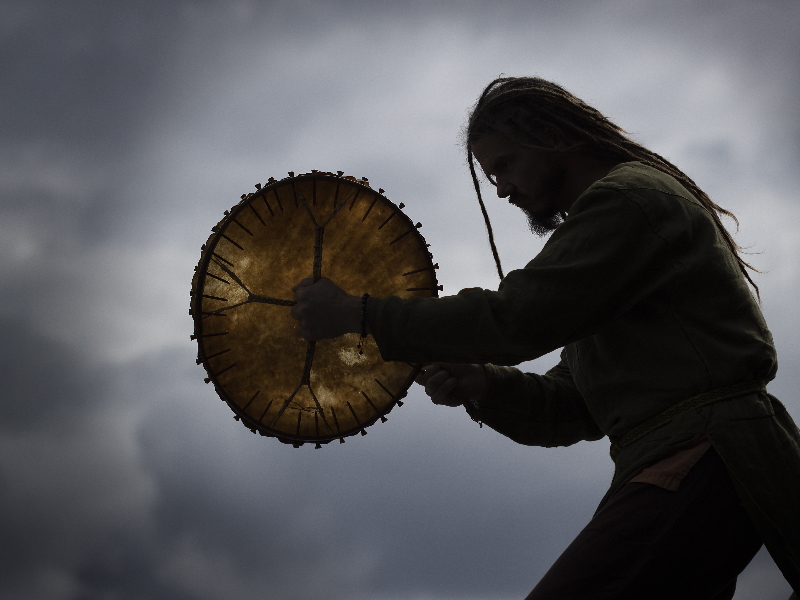
Das Album berührt eindringlich und kraftvoll elementare und ursprünglich Aspekte des Menschseins. Es spannt einen Bogen von Vergangenheit, über die Gegenwart und weist in die Zukunft. Und dies eingebettet in unsere Bezüge zur Natur.
Auf „Blóta“ hat Kjell Braaten sich auf wenige Instrumente beschränkt. Diese minimalistische Instrumentierung erleichtert es, sich auf die Themen einzulassen und in der Musik eine Bedeutung für sich selbst zu finden.
Die Instrumente, die er verwendet, sind historische Instrumente. Trommel und Lure, die es bereits in vorchristlicher Zeit gab, sowie Kastenleier und Organistrum, die vom 11.Jahrhundert an verwendet wurden. Die Produktion des Albums hat ihren Klang erhalten und erfüllt gleichzeitig moderne Sounderwartungen.
Die Texte greifen Gedanken auf, die nicht nur den ‚modernen‘ Menschen beschäftigen. Instrumentierung und Texte spannen den zeitlichen Rahmen also weit über den Moment hinaus.
Die Verbindung mit den Elementen und Kräften der Natur spielt durchgängig eine Rolle.
Alles um uns herum besitzt einen Klang, ein Lied. Man muss sich auf die Suche nach diesen Liedern machen und kann dann die Verbundenheit spüren.
Wenn man mit den Kräften um sich herum verbunden ist, kann man sich ausdehnen und ein Teil von ihnen werden. Ein Teil des größeren Ganzen. Dies ist ein Weg, um nach einer umfassenderen Erfahrung, einer breiteren Sichtweise, Weisheit und manchmal sogar Antworten zu suchen.
Kjell Braaten zu „Hamr“
Musik voll Tiefe und Weite
„Blóta“ ist nicht nur ein Ritual, sondern ein Album mit Musik voll Tiefe und Weite. Es verbindet das, was um uns herum ist, mit dem, was in uns ist.
Gerade in einer Zeit, in der uns dieser Krieg ohnmächtig macht, ist diese Musik wie eine Vergewisserung und Beruhigung: wir sind nicht allein, sondern verbunden mit vielem, das Kraft und Trost geben kann. Im Gegensatz zu dem Irrationalen und Monströsen des Krieges und anderer unfassbarer Dinge.
Zum Album geht es HIER
Weitere Information über Kjell Braaten gibt es DORT
English version
Kjell Braaten releases the album „Blóta“ on 1. April 2022. It is his third solo album after „Ferd“ and „Bronseplassen“. Otherwise, he is and has been involved in many different projects as a musician, composer, and producer (including NEBALA, WARDRUNA, EHWAZ) and also as a specialist for Nordic instruments in the music for the Netflix series „Vikings Valhalla“.
„Blóta“

„Blóta“ means ‚ritual‘. The use of rituals plays a role in all cultures, areas of life and times.
Especially in the current uncertainty, with worries and sadness, rituals can help to face these thoughts and feelings. Music is one way of giving them a form and shape. In this way they can be understood and perhaps also be changed.
For Kjell Braaten, „Blóta“ is a personal album. In the interview I did with him, he said about it:
„Blóta“ is my ritual to get over some harmed experiences that terrorized me for a long time. This album is my journey to walk through this dark times. And make them a strength rather than a destructive force. The reason why I made an album of it is my hope that this can help other people go through their own darkness. Their own deep sorrows or what’s ever.
Kjell Braaten (Interview)
Whether we use „Blóta“ as a ritual for ourselves, or just get involved with the music and enjoy it, is up to us.
„Now I give it to you, hoping it can help you the same way it helped me”
What he passes on to us with the album is music with changing timbres, intense tension, rhythmic intensity, and emotional depth. You can hear that this album has developed over a longer period. Every sound, every rhythmic element and every other nuance is where it can best unfold its effect.
The sound of the songs is full, wide, and deep. In this way, he has picked up on the spectrum of emotions that play a role in life. They have taken shape through the sounds, the melodies and the lyrics and can thus find a place.

„I bid from my soul, open and whole, for the healing of humans to come
„Kalla“ (the calling). Sounds recorded in nature and a deep breath introduce this call. Energetic in the awareness of beginning a ritual, the voice calls to the cardinal directions. As a support for what follows.
Drum beats and polyphonic singing give the song increasing strength and the rising melody gives it lightness.
Then follows a rhythmic passage which builds up enormous tension. There will be several more of these in the following songs.
„Syrgja“ (Sorrow)is a painful song in which sorrow and grief find space. It is an invitation to face one’s own sorrows and pains. If it is possible to give the sensation an image, a symbol, it can be contemplated and changed through reflection.
The voice gives sound to many facets of pain and grief. These sounds combine with the warm and dynamic fundamental note played by the organistrum and with sounds of nature. That is why this song is soothing and comforting.
By facing our demons
Kjell Braat (Syrgja)
and deepest sorrows,
we can reshape them to a resource
rather than a burden
Magic song and change
„Galdr“ is a magical song not only in name. The flowing of water, drum beats and again a deep breath introduce the song. That which found its way out in „Syrgja“ is here brought into a larger context through the invocation of the forces of nature.
The song sounds liberated, beautiful in its harmonies. „Galdr“ also gets by without lyrics, because the melody and the rhythms shape and carry the magic.

„Hamr“ means ’shapeshift‘. “Hamr“ continues what „Syrgja“ and „Galdr“ initiated. In this song, the connection with the forces that surround us becomes particularly clear. In connectedness one can grow, develop, and become part of a greater whole.
Here, the lure joins in. The tones are powerful and luminous, the throat singing rough and direct. The contrast between the two accounts creates a lot of tension.
On the one hand, „Hamr“ conveys raw and elemental energy, on the other hand, it handles the sounds calmly and almost tenderly. In this way, „Hamr“ touches deep and base emotions.
The sun sees all….why not visit her for a broader overview, to gain perspective?
In the song that follows, Kjell Braaten sings about „Sól“ (the sun). And it is a song full of light, warmth, and lightness. The tones of the sound bowls and bells are like rays of sunshine on the skin. And the singing, in which Kjell uses his entire vocal range, is deeply touching.
„Rísa“ (to rise) is about to move on after a period of grieving – as a better version of oneself.
„Rísa“ is a great piece of tension building: with the drum as the central element, the rhythm, increasing density and intensity leave you almost breathless. All the deeper the relaxation at the end. It is fascinating how Kjell Braaten pulls the listener into the song with the frame drum, sound wood and individual bell tones alone.
With „Frithr“ (Peace) the ritual almost reaches its conclusion. Many things are clarified. When one’s own peace is found, the soul can sow it like seeds and let it grow in the hearts of others.
„Frithr“ begins with incantatory throat singing, which forms the basis of the song. Vocals and drums then create a warm and dynamic sound. The lyrics are in Old Norse, which emphasises the ritual character. With clear singing and a melody of hopeful lightness, this text is taken up in Nynorsk:
Peace is not a flower
you can give a friend.
But if you wish,
then let yourself
be the flower.
(There is a video for „Frithr“ in which this is wonderfully drawn attention to).
The finale is „Thoka“, (Mist). Hurdy-gurdy and lure, sounds of a dawning day. Gently, the melody of the lure announces the sun and foreshadows the possibilities and wonders around us and what may come. The reverberation of the melody reminds us of what lies behind us. But that now
Sounds, rhythms, melodies and nature samples, modern sound: why the songs also have an effect outside the ritual.

The album touches on elementary and primal aspects of being human in a haunting and powerful way. It builds a bridge from the past to the present and points to the future. And this is embedded in our relationship to nature.
On „Blóta“ Kjell Braaten has limited himself to a few instruments. This minimalist instrumentation makes it easier to engage with the themes and find meaning for oneself in the music.
The instruments he uses are historical instruments. Drum and lure, which existed in pre-Christian times, as well as hurdy-gurdy and organistrum, which were used from the 11th century onwards. The production of the album has preserved its sound and at the same time fulfils modern sound expectations.
The lyrics address thoughts that are not only of concern to ‚modern‘ man. Instrumentation and lyrics thus span the temporal frame far beyond the moment.
The connection with the elements and forces of nature plays a role throughout.
Everything around us has a sound, a song. You must go in search of these songs and then you can feel the connection.
When you are connected to the forces around you, you can expand and become a part of them. A part of the greater whole. This is a way to seek a broader experience, a broader view, wisdom and sometimes even answers.
Kjell Braaten (Hamr)
Music full of depth and breadth
„Blóta“ is not just a ritual, but an album of music full of depth and breadth. It connects what is around us with what is inside us.
Especially at a time when this war makes us feel powerless, this music is like an feeling of protection and reassurance: we are not alone but connected to many things that can give us strength and comfort. In contrast to the irrationality and monstrosity of war and other incomprehensible things.
Go to the album HERE
More information about Kjell Braaten can be found HERE
NEWSLETTER. FREITAGS. KOSTENLOS.
Bildquellen
- kjell braaten blóta album cover: Kjell Braaten Music pic by Espen Winther
- kjell braaten interview 3: Kjell Braaten Music
- kjell braaten hamr pic espen winther: kjell braaten music / pic by espen winther
- kjell braaten galdr color pic espen winther: kjell braaten music / pic by espen winther
- kjell braaten blóta cover review: kjell braaten music / pic by espen winther

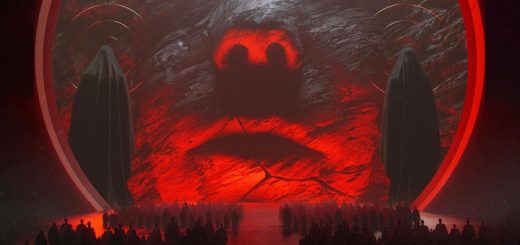
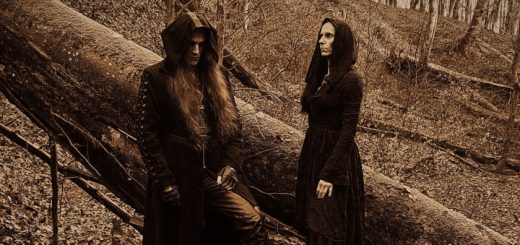
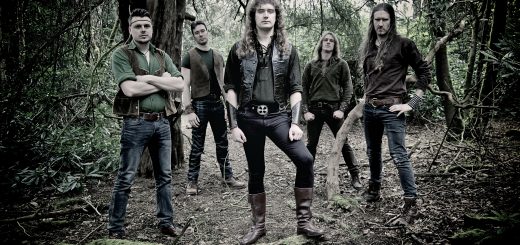


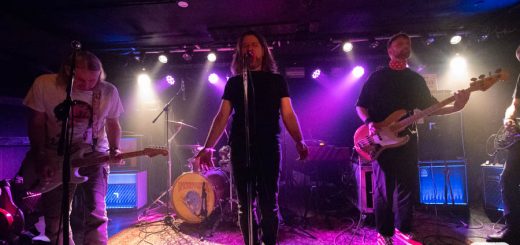
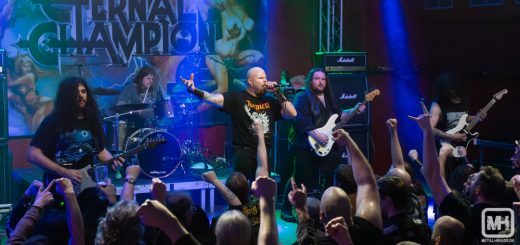
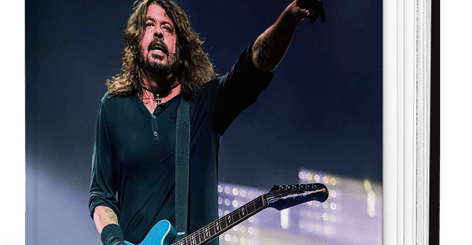
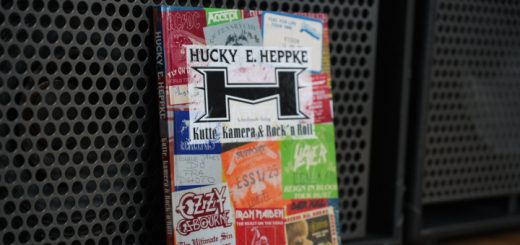
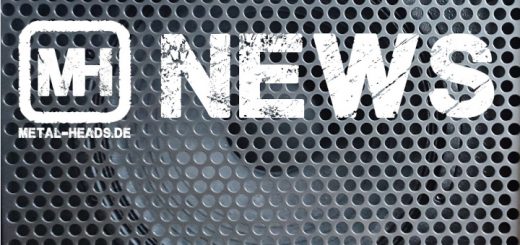
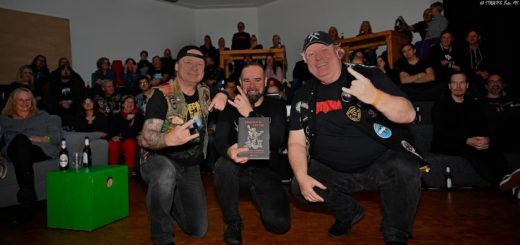
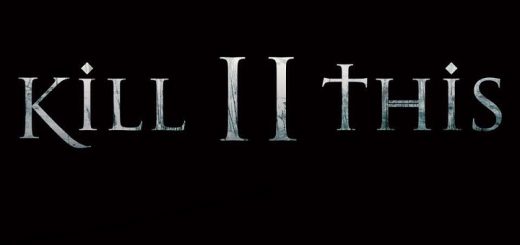
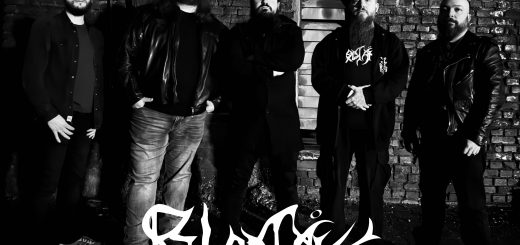
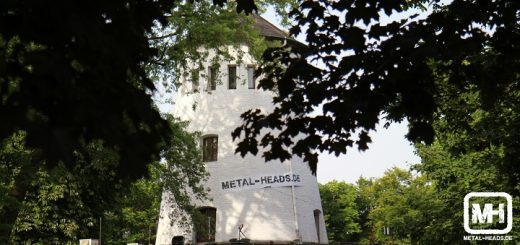
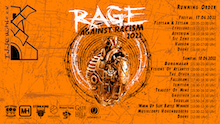










Neueste Kommentare